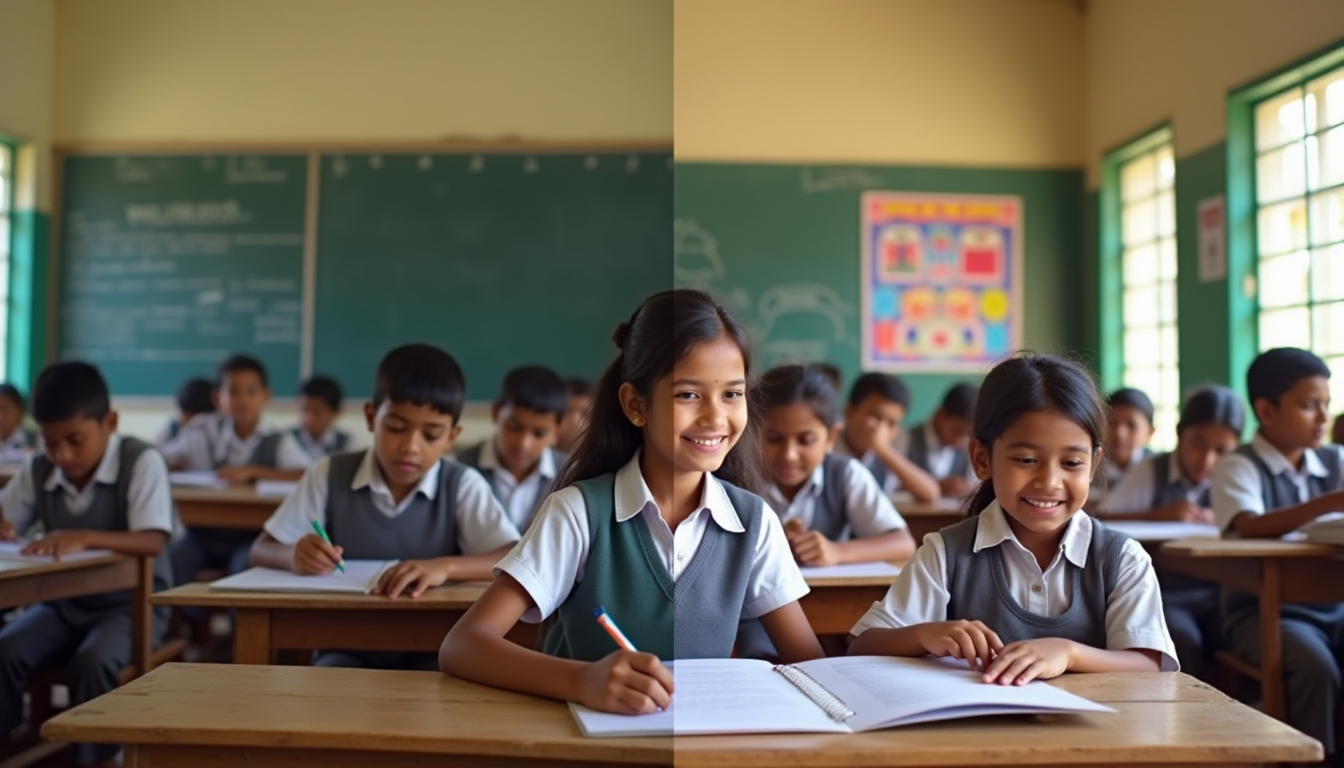Responsive Teaching: Engaging Every Student’s Mind

It’s a Wednesday morning in Ms. Anjali’s 7th-grade math class, and the room hums with energy. She’s introducing fractions, but instead of lecturing, she poses a question: “If you split a pizza into 8 slices and eat 3, what fraction is left?” Hands shoot up, some hesitantly, but every student is scribbling ideas. Ms. Anjali circulates, glancing at their notes, then asks pairs to explain their thinking. By the end, even shy Priya, who rarely speaks, is confidently sharing her answer. This isn’t just a lesson—it’s Responsive Teaching in action, where every student thinks, connects, and grows.
At Tailwnd, we champion Responsive Teaching as a way to light up every mind in the classroom. It’s not about racing through content but diving deep, ensuring all students are engaged and learning meaningfully. Here’s how it works and why it’s a game-changer.
What Is Responsive Teaching?
Responsive Teaching is an approach where every student is actively involved, not just the front-row hand-raisers. It’s built on three pillars: ensuring everyone is thinking, making meaning, and practicing. By focusing on depth over breadth, teachers help students truly understand concepts, not just memorize them. A 2021 study in Educational Psychology found that student-centered approaches like this boost retention by 25%, as active engagement strengthens neural connections. Let’s break down the pillars.
1. Is Everyone Thinking?
Great teaching starts with tasks that get every brain buzzing. Instead of asking, “What’s 5/8 minus 3/8?” Ms. Anjali’s pizza question invites real-world reasoning, prompting even quiet students to ponder. The key? Questions or activities that demand thought, not just recall. Think open-ended prompts like, “Why might a plant grow faster here?” or group challenges like designing a bridge model.
How does a teacher know everyone’s thinking? By checking in—through quick polls, think-pair-share, or glancing at students’ rough notes. Ms. Anjali’s walk around the room lets her spot who’s wrestling with ideas and who needs a nudge, ensuring no one’s just coasting.
2. Is Everyone Making Meaning?
Understanding isn’t about parroting facts—it’s about connecting new ideas to what students already know. In Ms. Anjali’s class, students link fractions to slicing fruit at home, making the concept click. Teachers can foster this by asking, “How does this remind you of something you’ve seen?” or using visuals like fraction bars to spark connections.
To check if meaning is sticking, teachers need visible evidence. A quick task—like writing a sentence explaining “why fractions matter” or sketching a concept map—reveals what students grasp. Ms. Anjali’s pair discussions let her hear Priya’s “aha” moment, confirming she’s made sense of fractions. A 2020 Journal of Learning Sciences study showed that such formative checks improve comprehension by 20%, as they catch gaps early.
3. Is Everyone Practicing?
Learning sticks when students practice—not mindless drills, but meaningful application. After discussing fractions, Ms. Anjali’s students tackle a mix of problems, from dividing snacks to resizing recipes. They explain their steps aloud, redo mistakes after feedback, or even use fraction manipulatives to test ideas. This consolidates understanding and builds confidence.
Teachers can ensure practice by giving every student a chance to apply concepts, whether through writing, solving, or creating. Checking work—via peer reviews or quick teacher scans—shows who’s mastering the skill and who needs support. This cycle of practice and feedback is where learning deepens.
Why Responsive Teaching Matters
Unlike traditional teaching, which races to cover syllabi, Responsive Teaching prioritizes depth. Students don’t just learn fractions—they own them, ready to use them in life. This approach builds critical thinking, as kids analyze and connect ideas, and resilience, as they learn from mistakes during practice. It’s inclusive, too, engaging every student, not just the loudest.
At Tailwnd, we’re helping schools embrace Responsive Teaching through cognitive science-based training. Our workshops equip teachers with strategies—like think-alouds and meaning-making tasks—to make every lesson a chance for growth. The result? Classrooms where every mind shines, from Priya’s quiet breakthroughs to the whole class’s confidence.
Teachers and Parents: Make It Happen
Teachers, try one Responsive Teaching trick this week: pose an open-ended question and check everyone’s response with a quick write-up or share. Parents, ask your kids, “What did you figure out in class today?” to spark reflection. Together, you’re building thinkers who learn deeply and love it.
Your Turn: How do you engage every student in learning? Share your ideas below or tweet us @TailwndAI. Want Tailwnd’s Responsive Teaching programs in your school? Email info@tailwnd.com. Let’s make every classroom a place where minds thrive!





